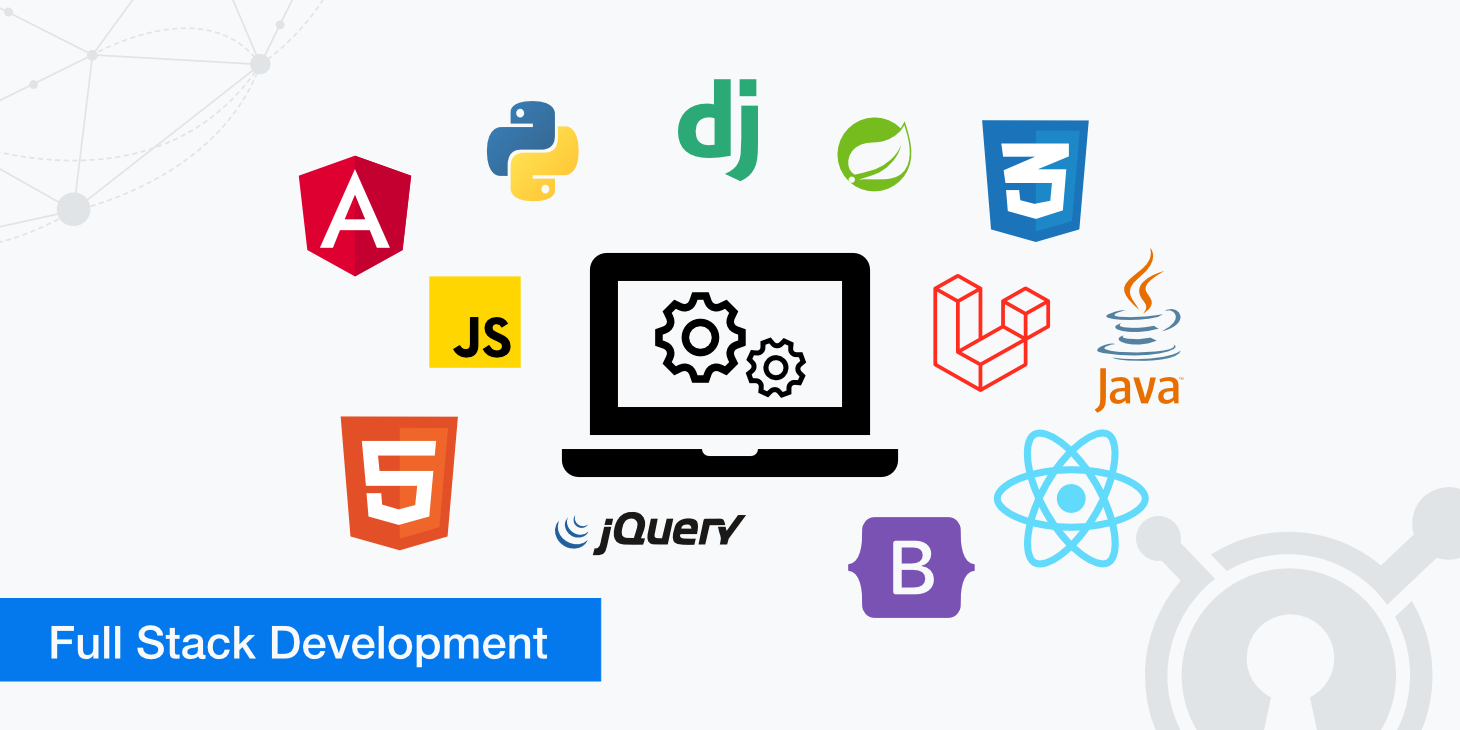Tech Versum: Explore the Future of Technology
Dive into the latest trends and innovations in technology with Tech Versum.
Full-Stack Fever: Why Every Developer Should Catch It
Discover the thrill of full-stack development and why mastering it can elevate your career—catch the fever today!
The Essential Skills Every Full-Stack Developer Should Master
Becoming a successful full-stack developer requires a diverse set of skills that bridge both the front-end and back-end of web development. At the core of these skills is proficiency in HTML, CSS, and JavaScript, which form the building blocks of any web application. Additionally, understanding frameworks such as React or Angular for the front-end, and Node.js or Django for the back-end, is crucial. Furthermore, familiarity with version control systems like Git enables developers to track changes and collaborate with others effectively.
On the back-end, a full-stack developer should also master database management, whether it's SQL-based databases like MySQL or NoSQL databases like MongoDB. Understanding RESTful APIs and how to create them is essential for communication between the server and client. Additionally, knowledge of deployment and cloud services such as AWS or Heroku can set a developer apart in the tech industry. Overall, balancing both front-end and back-end skills allows full-stack developers to create comprehensive, user-friendly applications.

How Full-Stack Development Can Elevate Your Career Prospects
Full-stack development is a versatile skillset that encompasses both front-end and back-end technologies, making it a highly sought-after qualification in today's tech-driven job market. By mastering the intricacies of languages such as HTML, CSS, JavaScript, and server-side languages like Python or Ruby, developers can build robust applications from start to finish. This comprehensive understanding of the entire development process not only boosts your coding abilities but also enhances your problem-solving skills, ultimately positioning you as a valuable asset to any organization.
In addition to technical prowess, full-stack development opens a myriad of career opportunities. Companies are increasingly looking for professionals who can seamlessly bridge the gap between user experience and server functionality. This multi-faceted approach allows you to take on roles such as a full-stack developer, UI/UX designer, or even a project manager. The ability to communicate effectively across different teams and understand the overall project lifecycle is a significant advantage, giving you a competitive edge in the job market.
Is Full-Stack Development Right for You? Understanding the Benefits and Challenges
Full-stack development offers a unique blend of skills that encompass both front-end and back-end technologies. This versatility allows developers to build comprehensive web applications, from their user interfaces to server-side logic. If you enjoy problem-solving and have a passion for multiple layers of web technology, full-stack development might be right for you. Benefits include the ability to work on a project from start to finish, a holistic understanding of how applications function, and increased marketability in a competitive job landscape. Moreover, with the rise of agile methodologies, being a full-stack developer enhances collaboration within teams, as you can contribute to various aspects of the project lifecycle.
However, transitioning to a full-stack role comes with its own set of challenges. Mastering both the client-side and server-side can be overwhelming, as it requires a diverse skill set and continuous learning to keep up with evolving technologies. Additionally, some may find the breadth of knowledge required to be a double-edged sword, as it can dilute expertise in specialized areas. Ultimately, weighing the benefits against the challenges of full-stack development will help you determine if this dynamic and rewarding path aligns with your career goals.